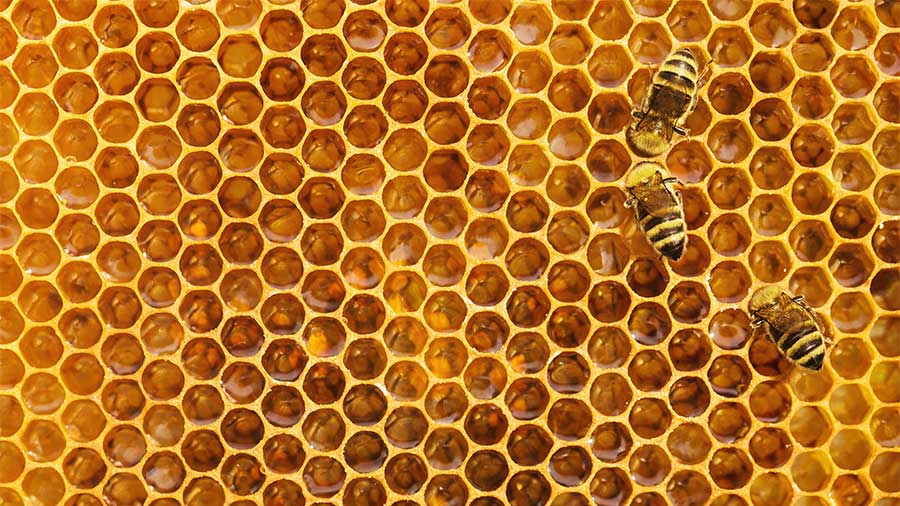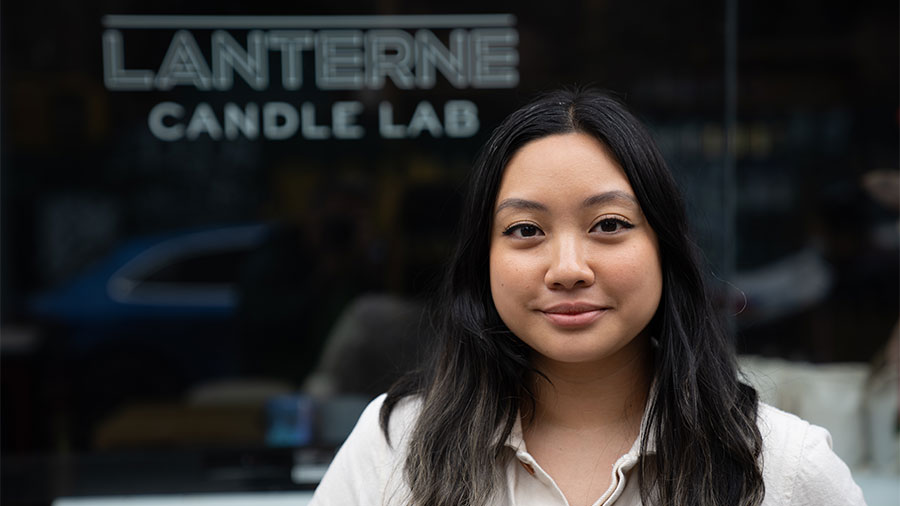3. Marketing
The third major hurdle was breaking into the honey space with a product no one had ever seen before and didn’t quite understand. “Yes, honeycomb existed prior to Pass the Honey,” Raggio said. “But it was never in this format, it was never merchandised in this manner, and it was never communicated to customers.” To overcome this, Raggio hired an agency to get his website set up for launch, “but it was a total dud,” he said. It took three months of barely any sales to realize that the “buy now” button on the site was broken. “For three months people hit ‘buy now’ and were taken to a 404 page,” Raggio said. “It was the biggest deflation for the company.” But this challenge led to one of Raggio’s biggest breakthroughs: “Retail is where we win,” said Raggio. “When customers see it, they buy it… I never intended this to be an e-commerce business.”
4. Enduring
Raggio's fourth hurdle is one no one saw coming: The COVID-19 pandemic. “In the food space, the discovery of new items happens in grocery stores,” Raggio said. In April 2020, Pass the Honey was in the midst of opening retail accounts when the pandemic hit. “Suddenly all new items were on pause,” Raggio said. “Grocery stores were just trying to make sure they had toilet paper on the shelves.” For about two years, Pass the Honey wasn’t able to break into the retail space—and sales were stagnant. Pass the Honey has since landed several retail partnerships that have skyrocketed sales—and Raggio says there are a few more exclusive partnerships on the horizon.
Good for the earth, good for business
When he looks back on how far the business has come since 2018, it seems a bit unbelievable. After all, Raggio never set out to become a business owner—nonetheless a defender of the bees. “But it fits,” he said. “I get to wake up every morning and solve big problems and work with really smart people… I get pretty jazzed about it.”
And now, beyond running a successful honeycomb business, he’s on a mission to produce regenerative, clean honey in the United States. And this mission extends far beyond sourcing honeycomb for his own business.
“We want to use bees to create healthy ecosystems, regenerate landscapes, heal the earth, and sequester carbon,” he said. “But also, we want to bring pricing back to where beekeepers can make a living on beekeeping, and make sure the bees are as healthy as possible.”













